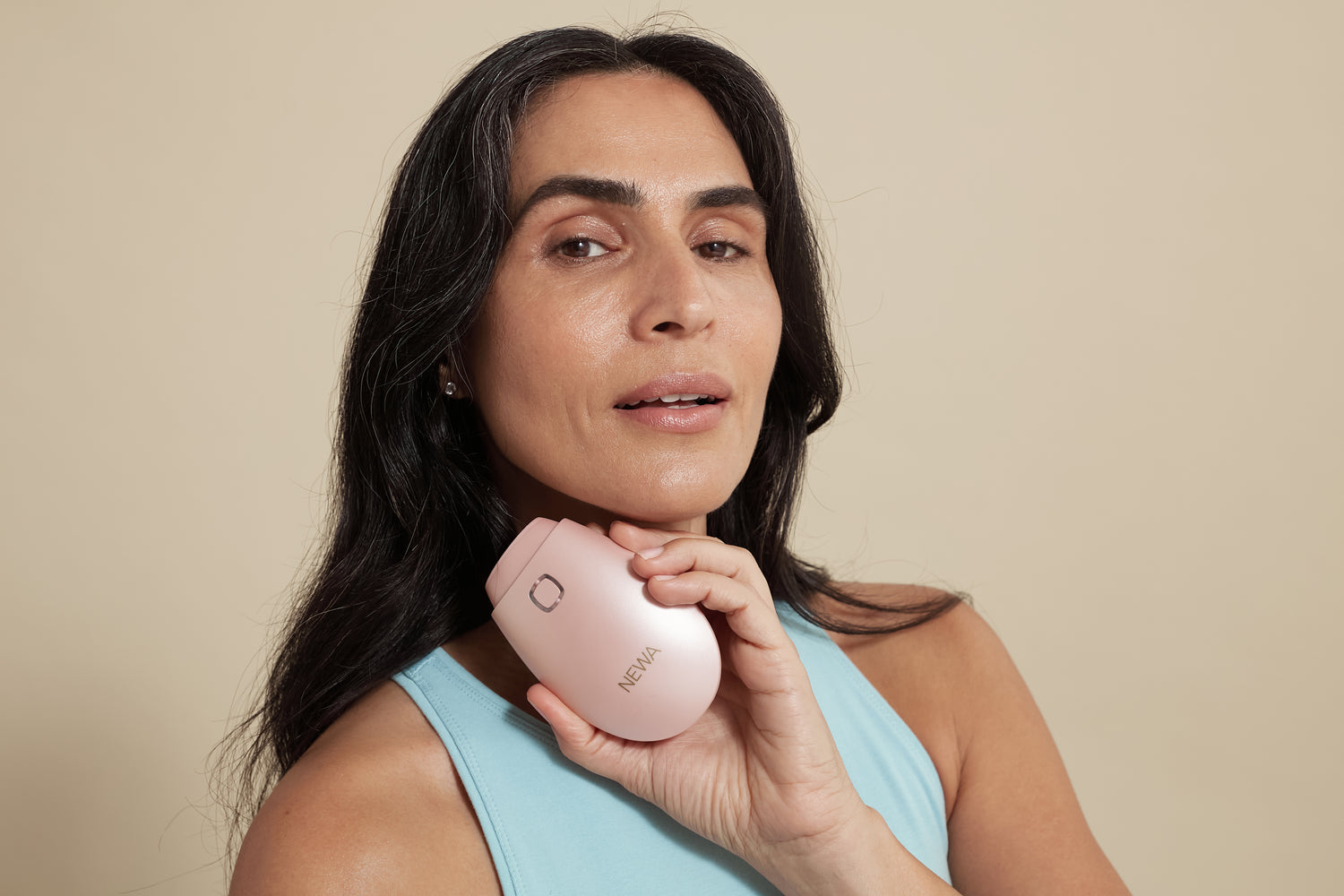Welcome to the blog! Curious about Vitamin C and how it works in your skin and your products? Keep reading to find out more.
This post was inspired by one of the members in our Facebook community so be sure to join us there to request content and ask questions.
You can also read our previous Ingredient Spotlight on Hyaluronic Acid here.
The Role of Vitamin C
Vitamin C, also known as ascorbate or ascorbic acid, is a water-soluble vitamin and essential nutrient. Because it can’t be produced in the body, we have to get it from our diet.
In the body, it plays many critical roles. It’s needed for the growth and repair of all tissues, including muscle and cartilage formation and overall wound healing. It’s also a powerful antioxidant and helps your body absorb and store iron.
You can learn more about Vitamin C in your diet here.
Vitamin C in our Skin
Vitamin C is also found in the skin, particularly in the epidermis where we’re most exposed to UV radiation. While levels have been shown to decline some with age, consuming more Vitamin C than you need won’t impact the skin.
Vitamin C has several key functions in the skin. It plays a role in wound healing and is also a cofactor for collagen synthesis too. It’s also a potent antioxidant, helping to protect the skin from photodamage.
In addition to additional dietary Vitamin C not increasing the amount found naturally in the skin, we also see Vitamin C depleted as we age. For this reason, topical Vitamin C is the best method to target the skin.
Topical Vitamin C
Vitamin C is also a well studied skincare ingredient and topical application is the best way to target the skin.
In skincare products, Vitamin C is a brightening ingredient that has anti inflammatory effects, helps with collagen synthesis, and both protects against and repairs UV damage.
But are all Vitamin C products the same? Definitely not. This popular ingredient can be very tricky to use correctly and you won’t get the best results if you don’t pick a well formulated product.
What to Look For:
- 15-20 % ascorbic acid
- pH under 3.5
- added antioxidants like ferulic acid and vitamin e
- light and air tight packaging
Getting the Most from Your Vitamin C
Once you’ve picked out a well formulated Vitamin C serum, it’s important to use it correctly. This is almost as important as picking a good product.
You want to build up a reservoir in the skin for the best photoprotection so daily application is recommended. While Vitamin C is a powerful antioxidant and enhances the photoprotection of your sunscreen - it’s not a substitute. Apply each morning under sunscreen and you can apply again at night if you suspect you’ve been exposed to UV rays as it can help mitigate damage.
Ascorbic acid is pH dependent and doesn’t always penetrate well so you should apply it first before other skincare while C derivatives are more forgiving and can be layered thinnest to thickest. Antioxidants work synergistically together so Vitamin C works best used with other antioxidants.
Vitamin C and your NEWA Treatments
Remember how we discussed the role of Vitamin C in wound healing and collagen synthesis? That is exactly why it’s an excellent ingredient to use alongside your home radio frequency.
NEWA devices utilize radio frequency waves which can penetrate into the skin so the current can flow through the cells into the dermis causing tissue heat . This heat is what contracts dermal fibers like collagen, producing a short term tightening effect as well as stimulating skin remodeling over time.
Consistent NEWA treatments increase the collagen, elastin, and glycosaminoglycan content in the skin for thicker, firmer, and more elastic skin.
Vitamin C is an excellent ingredient to use in your skincare routines alongside NEWA because it protects your skin (and results) from the sun and further premature aging.
If you found this helpful, share it with a friend and stay tuned for more! You can keep up with us on Instagram and in our Facebook community in the meantime.




